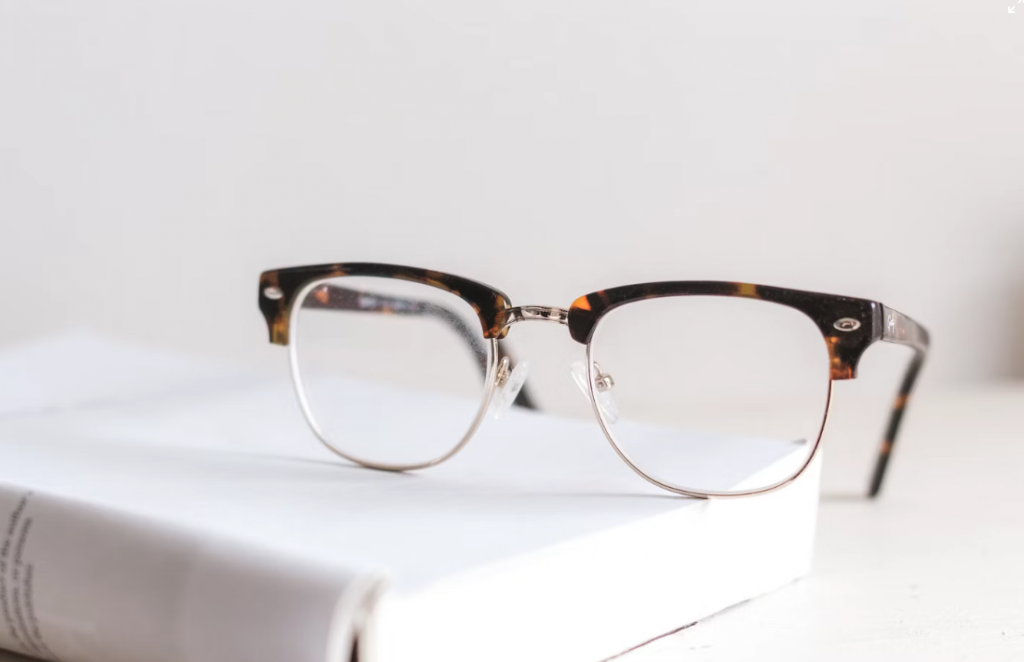Care Home Design Tips for Residents With Sight Loss
- Appropriate Lighting: Balance natural and artificial lighting to create a safe, comfortable environment. Maximize natural light and use gentle lighting to avoid glare.
- Contrasting Colors and Textures: Utilize contrasting colors and textures for better distinction. Textured flooring and contrasting colors aid navigation and reduce fall risks.
- Clear Signage: Ensure signage is clear with large fonts and high color contrast. Tactile signage with braille assists those with severe impairments.
- Organized Spaces: Maintain clutter-free, well-organized areas for easy navigation. Clearly mark different zones for orientation.
- Assistive Technology: Implement voice-activated systems and audio cues for independence. Smart devices control environmental factors, and audio notifications aid in alerts.
- Accessible Outdoor Areas: Design outdoor spaces with clear pathways and comfortable seating. Fragrant plants and tactile elements stimulate senses without overwhelming.
Designing a care home that caters to the diverse needs of its residents is essential.
One significant aspect to consider is the visual impairment of some residents.
For care home residents with sight loss, a well-thought-out design can greatly improve their quality of life and independence.
In this article, the Aedifice team will explore essential design tips to create a suitable environment for residents with sight loss.

Appropriate Lighting In Care Homes For Residents With Sight Loss
Lighting plays a crucial role in creating a safe and comfortable environment for individuals with sight loss.
Ensure that the care home has a good balance of natural and artificial lighting, and maximise natural light by incorporating larger windows and skylights throughout the building.
You can also make use of lighting fixtures that provide sufficient brightness, but guard against harsh glare that can cause discomfort or confusion.
Contrasting Colours and Textures
Choosing colour schemes and textures that provide a strong contrast can really help residents with sight loss in distinguishing different areas and objects.
Utilise contrasting colours for walls, floors, and furniture to make them stand out, and implement textured flooring materials to help individuals navigate spaces independently and reduce the risk of falls.
Clear Signage
Effective signage is vital for residents with sight loss to ensure they can navigate the care home with confidence.
Use large, clear fonts with high colour contrast on signage boards, room numbers and labels.
Utilising tactile signage with braille or raised letters can also really help those with severe visual impairments.

Organised Spaces
To help residents with sight loss, make sure that spaces within the care home are properly organised and clutter-free.
Keep walkways clear of obstacles and maintain a consistent layout throughout the building.
You also want to make sure that different zones are clearly marked, this just means that residents will be able to recognise the difference between communal areas, dining areas and private areas.
Assistive Technology
Implementing assistive technologies throughout the care home can help to further enhance the independence and wellbeing of residents with sight loss.
For example, voice-activated systems such as smart speakers or voice-guided devices to control lighting, temperature, and other environmental factors can really make residents’ lives easier.
You can also use audio cues or alarms for important notifications or emergency situations.
Accessible Outdoor Spaces
Outdoor areas are vitally important for care home residents and have a huge impact on health and quality of life.
Designing accessible gardens or courtyards with clear pathways and fragrant plants can help stimulate the minds of residents without overloading them.
You also want to make sure that you include seating areas with contrasting colours and textures so residents have a place to relax and unwind outdoors.
Aedifice Partnership manages new care home construction as well as refurbishment projects throughout the UK.
For further details on the services that we offer, please contact us.



